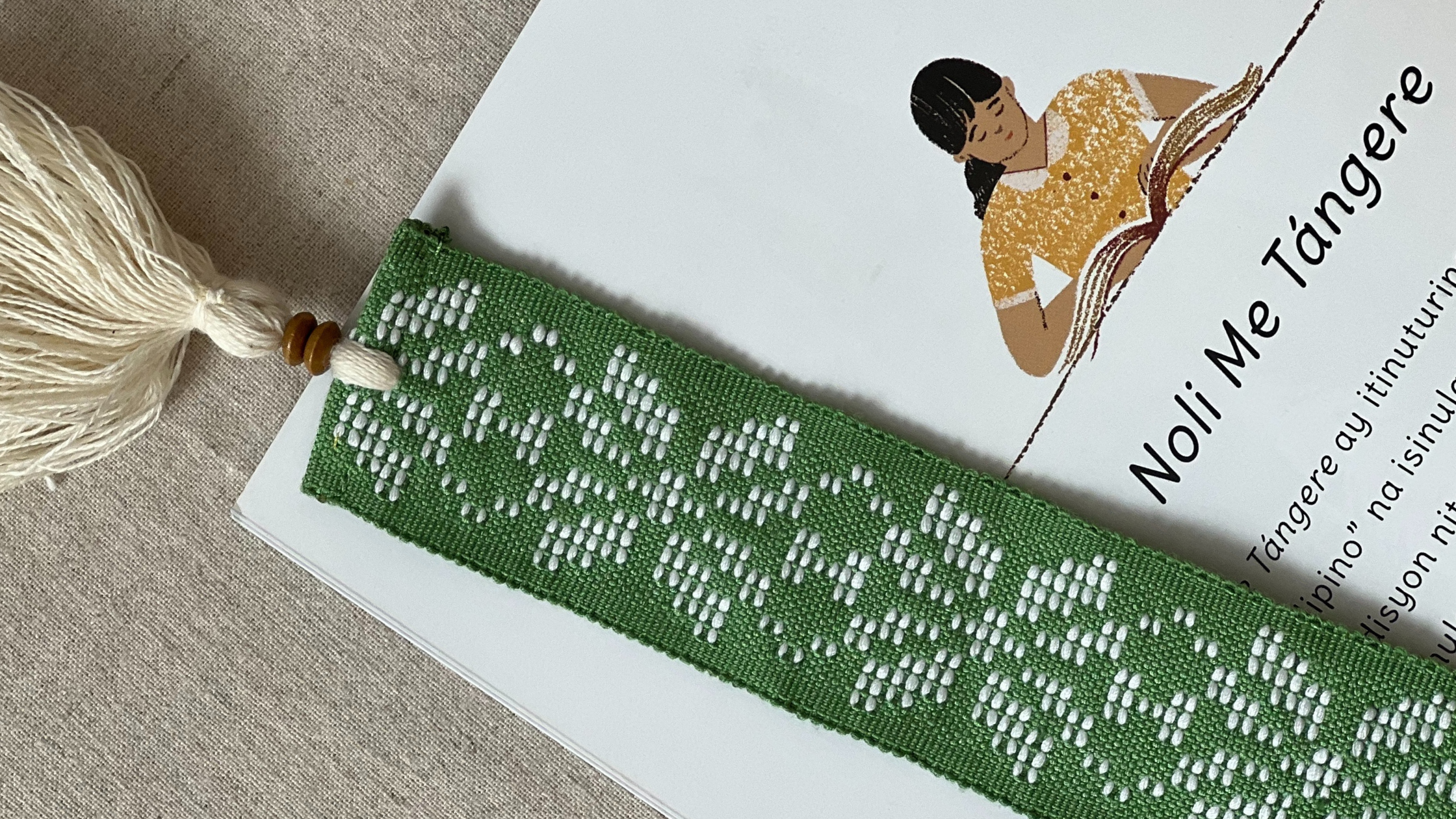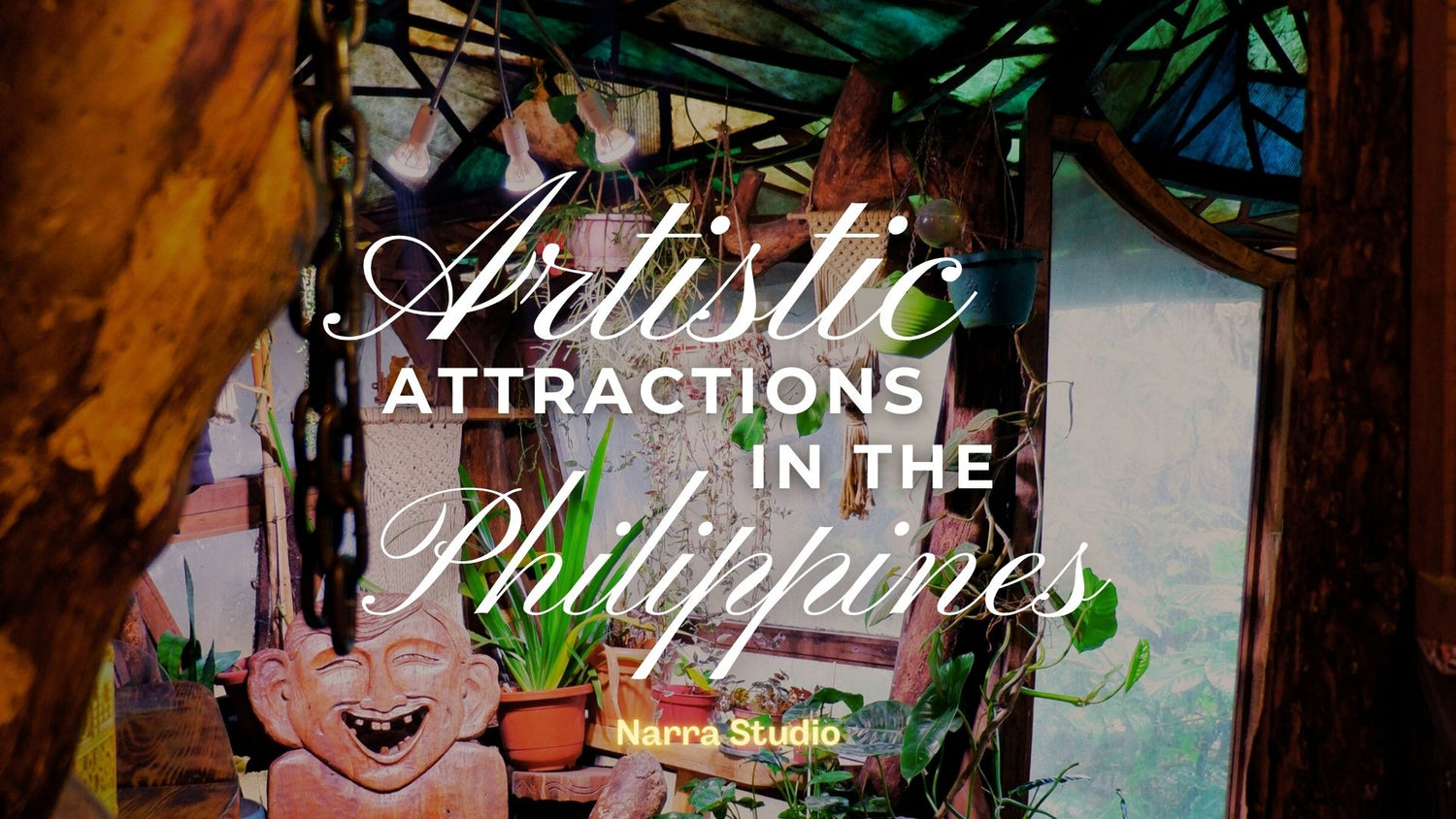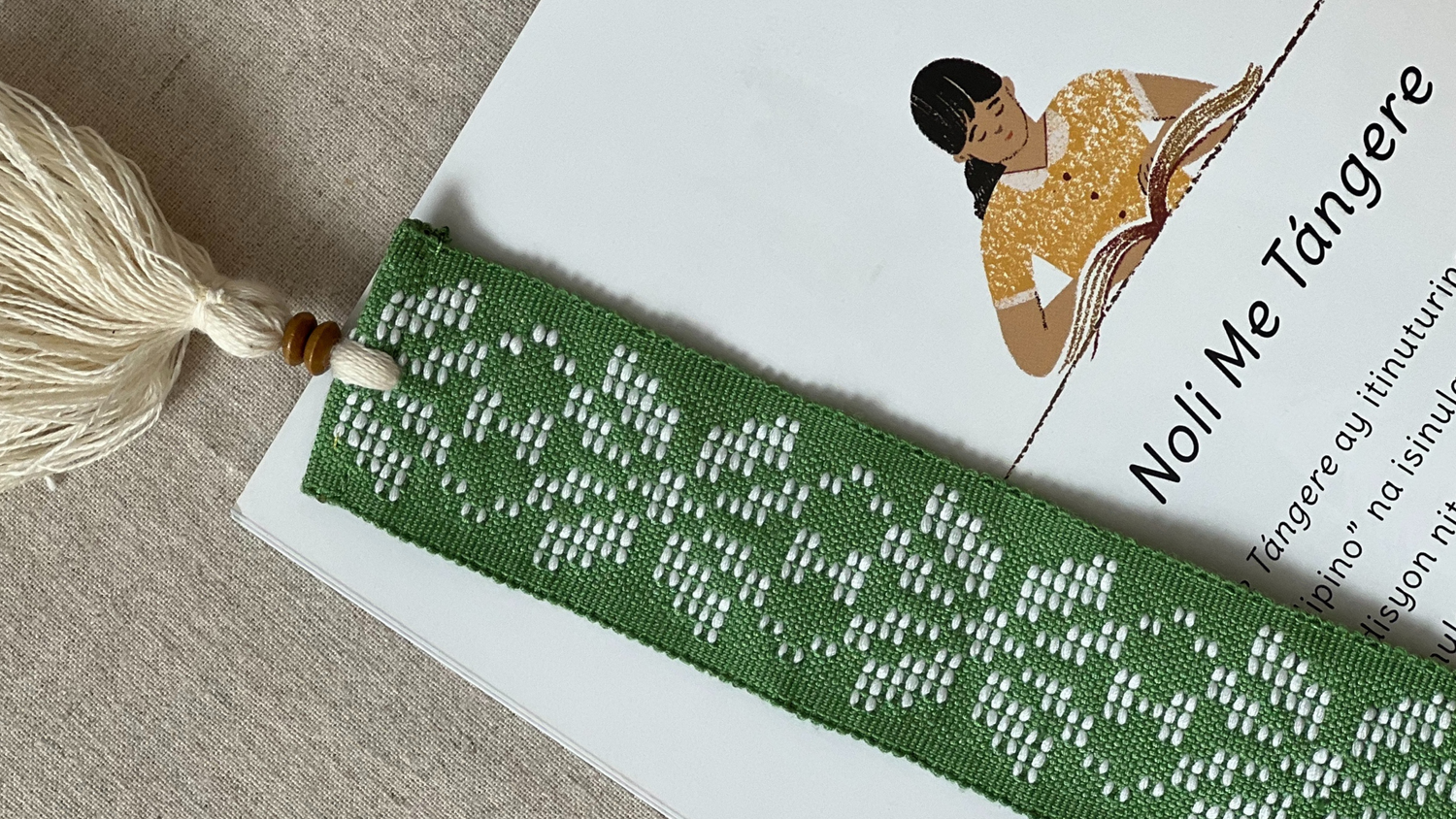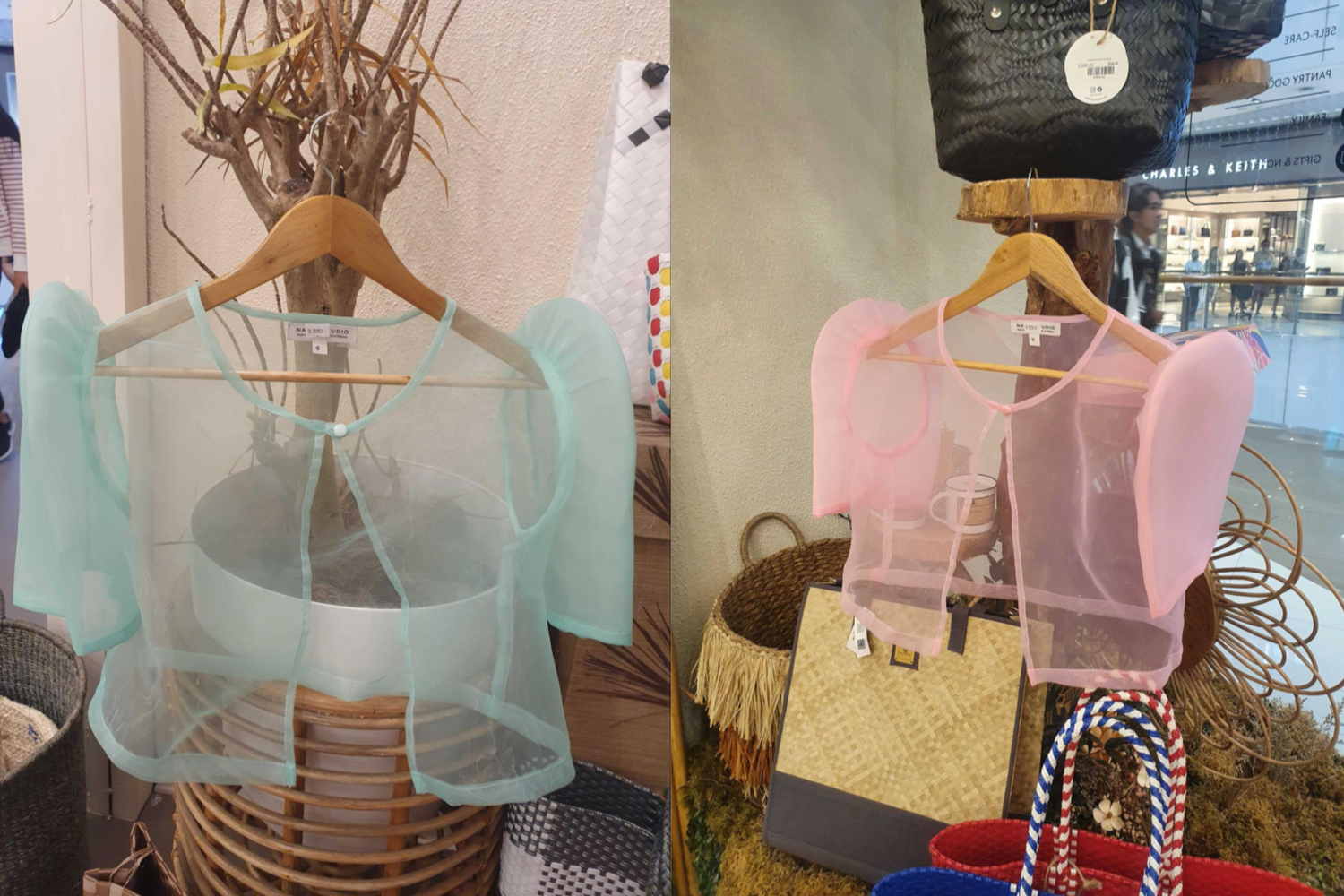By Kris Anne Cortez
The Philippines is undeniably gifted with several distinctive weaving traditions, particularly in the Bangsamoro region. One example of the excellent traditional craftsmanship of the Maranao community in Mindanao is the langkit. This type of textile reflects the vibrant, intricate, and highly sophisticated weaving traditions of the Maranao who are thought to be the largest Islamic ethnolinguistic group in the Philippines. Their name means ‘people of the lake,’ and appropriately so, since they are located around Lake Lanao, mainly in Lanao del Sur province. However, due to conflicts in the said locality, some have been displaced in other outlying areas in the Mindanao region. Despite this, textile weaving continues to endure through the times.
But what exactly is langkit? How does it differ from the Maranao malong or the ceremonial landap? The langkit is a strip of multi-colored fabric woven to bind pieces of textile or embroidered to complement the malong’s appearance or pattern. It can be used on its own as an accessory or household item, such as necklaces, straps, table runners, or bookmarks.
Langkit (from Art Gallery of New South Wales)
Image source: https://www.artgallery.nsw.gov.au/collection/works/199.2005/
Similarly, it can be sewn into a malong, particularly to a malong landap, to join the pieces of cloth together and form a larger piece. Aside from connecting the material, the langkit strips also enhance the fabric’s appearance. Tobrian is the term for the two skinny langkit used to link the various pieces of silk horizontally across the malong. To create the tubular shape of the skirt, a single broader langkit known as the lakban runs vertically along the middle of the malong.
Malong a landap with tobrian and lakban (from Honolulu Museum of Art by Hiart)
Image source: https://openverse.org/image/080b0103-caf4-4ed7-82e1-6cc7b9984b3b?q=maranao
To create a langkit, the pagaulen or weaver uses the backstrap weaving technique. They already consider the final pattern when choosing the thread colors of the textile. The thread is wound around individual spools or balls and then carefully moved to the backstrap loom after being layered on the warp board according to the design.
Like many other traditional arts, crafts, and architecture of the Maranao and other cultural communities in Mindanao, such as the torogan (ancestral house) and kudyapi (stringed instrument), langkit is characterized by its intricate okir designs. Okir or okkil is a term used to describe an art motif that frequently features elaborate abstract patterns or designs inspired by flora and fauna found in the natural environment.
The okir patterns for langkit are typically woven in the shape of abstracted leaves, scrolls, or vines. These truly elevate the intricacy and elegance of the langkit, reminiscent of what they were initially meant for — royalty.
Despite its beauty and value, it is undeniable that langkit is one of the art forms that were greatly affected by the conflicts in Mindanao. The relatively recent Marawi siege brought immense uncertainties to the Maranao communities and their traditions. Nonetheless, their culture bearers persevered to pass down their knowledge and skills to safeguard their cultural heritage. Besides its apparent cultural significance, weaving langkit creates a sense of belongingness and interconnection among the Maranao communities who practice this art form, resulting in harmonious relationships among the community members.
Additionally, weaving langkit is a reliable and good source of revenue not just for the weavers but also for their communities. The Maranao communities, even the ones that were displaced due to hostilities, are gradually getting back on their feet as they have a steady source of income from creating and selling traditional Maranao arts and crafts, such as langkit, both within and outside the Bangsamoro region.

Maranao artisans in trade fairs (by SJasminum)
Image source: https://openverse.org/image/4f38faa9-4fc6-4115-acf7-5429f04cb3b0?q=maranao
Langkit weaving continues despite its grim challenges, in spite of man-made conflicts or the challenges of transmitting the knowledge and skills of weaving. Langkit will remain a living tradition if given sufficient support or appropriate platforms for unveiling this magnificent art form.
Langkit expresses the rich, creative, and sophisticated traditional craftsmanship of the Maranao communities. When woven together or into another fabric, it captures the essence of their cultural heritage—sharing splendor, bonding cultures and communities, and enhancing the beauty and value of an already significant tradition.
If you’re interested in getting a wearable piece of culture such as the landap, check out our collection here.
References:
Research Langkit | College of Arts and Social Sciences, MSU-Iligan Institute of Technology. (n.d.). www.msuiit.edu.ph. Retrieved 9 September 2023, from https://www.msuiit.edu.ph/academics/colleges/cass/research/langkit.php
THE ART OF THE MALONG. (n.d.). Google Arts & Culture. Retrieved 9 September 2023, from https://artsandculture.google.com/story/the-art-of-the-malong-ayala-museum/vAWBDBBzFibtIg?hl=en
Additional reading:
https://www.artgallery.nsw.gov.au/collection/works/199.2005/#about
https://www.mindanews.com/feature/2021/02/feature-traditional-weaving-in-lanao-sur-lives-on/
https://www.cnnphilippines.com/life/culture/2017/06/27/mindanao-weaves.html?fbcid










